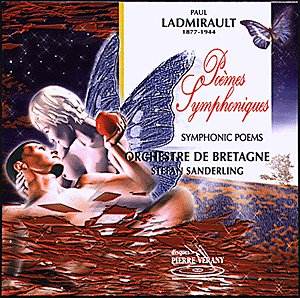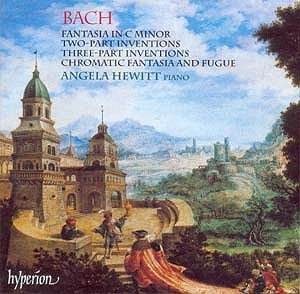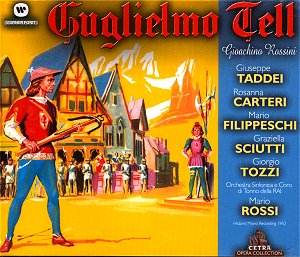 Composer: Paul Ladmirault
Composer: Paul Ladmirault
Works: Poèmes Symphoniques: En Forêt (1932), Valse Triste for piano and orchestra (1901, 1933), Brocéliande au Matin (Prelude to Act II of the opera Myrrdhin) (1909), La Brière (1926)
Performers: Colette Diard (piano), Orchestre de Bretagne, Stefan Sanderling (conductor)
Recording: Rennes, September 2000
Label: Pierre Verany PV700021
Paul Ladmirault, a name that may not immediately resonate in the pantheon of 20th-century French composers, offers a lyrical and poetic expression reminiscent of Delius and Bax, underscoring a rich musical heritage that is often overshadowed by his more celebrated contemporaries. Born in 1877 and passing in 1944, Ladmirault’s career spanned a tumultuous period for France, yet his music reflects an unwavering commitment to beauty and pastoral tranquility. The collection “Poèmes Symphoniques” showcases Ladmirault’s stylistic affinity for impressionism and folk influences, which coalesce into a unique sound world that invites listeners to linger in its delicate textures.
The interpretation by the Orchestre de Bretagne under Stefan Sanderling imbues these works with a gentle warmth, though at times teetering on the edge of hesitance, particularly within the brass sections that lack the assertiveness one might hope for in such vivid compositions. The opening work, “En Forêt,” evokes a serene woodland atmosphere with a horn call that echoes the pastoral simplicity found in Vaughan Williams’ and Moeran’s works. The orchestration is deft and airy, gliding through lush harmonies that, while not climactic, establish an engaging narrative that captures the listener’s imagination.
Colette Diard’s contribution in “Valse Triste” is particularly noteworthy. The performance strikes a balance between the reflective and the playful, though it leans more ‘Ballade’ than ‘Valse.’ The lilting quality of the music resonates with Fauré’s sensibility, yet Diard’s phrasing at times lacks the vibrancy that could elevate the interpretation further. The subsequent “Brocéliande au Matin” serves as a prelude to the opera “Myrrdhin,” and its enchanting character unfolds with a dreamlike lucidity. The ethereal woodwind melodies conjure images of dawn breaking over a mystical landscape, yet the lack of dramatic urgency in the performance somewhat undercuts the inherent tension of the music.
“La Brière,” derived from a film adaptation of Chateaubriand’s novel, offers five movements that intertwine rustic charm with moments of introspection. While the orchestration reflects Ladmirault’s admiration for Ravel—marked by its colorful palette and intricate textures—the performance occasionally veers into a subdued territory, where the rustic dances intended to evoke lively village scenes feel overly restrained. This lack of abandon is reminiscent of a missed opportunity to fully realize the spirited essence embedded in the music.
The recording quality is commendable, with a clarity that allows for the nuances of Ladmirault’s orchestration to shine through. Each instrumental effect is well-rendered, yet the overall interpretation calls for a firmer commitment to the emotional core of the works. Comparisons to other recordings, such as Fricsay’s vibrant approach to Kodály’s “Galanta Dances,” highlight the need for a more dynamic engagement with the score that could transform these charming pieces into a more compelling experience.
Ladmirault’s music, while modest in its ambitions, remains a significant testament to the French lyrical tradition. This recording not only represents a valuable addition to the classical repertoire but also serves as an invitation to explore the rich textures and emotional landscapes that his compositions offer. A more assertive interpretative approach would elevate the performances, allowing Ladmirault’s gentle yet profound voice to resonate with greater clarity and conviction.



